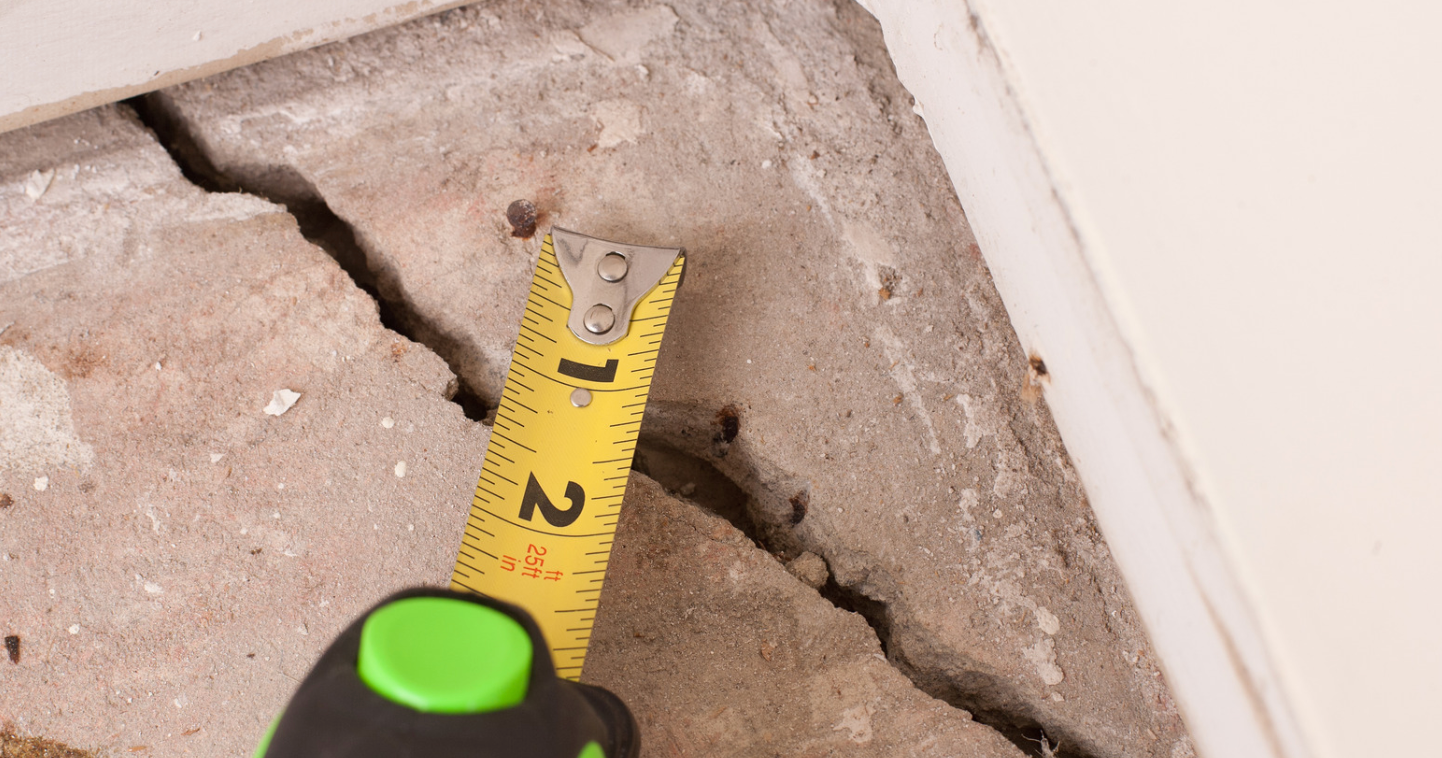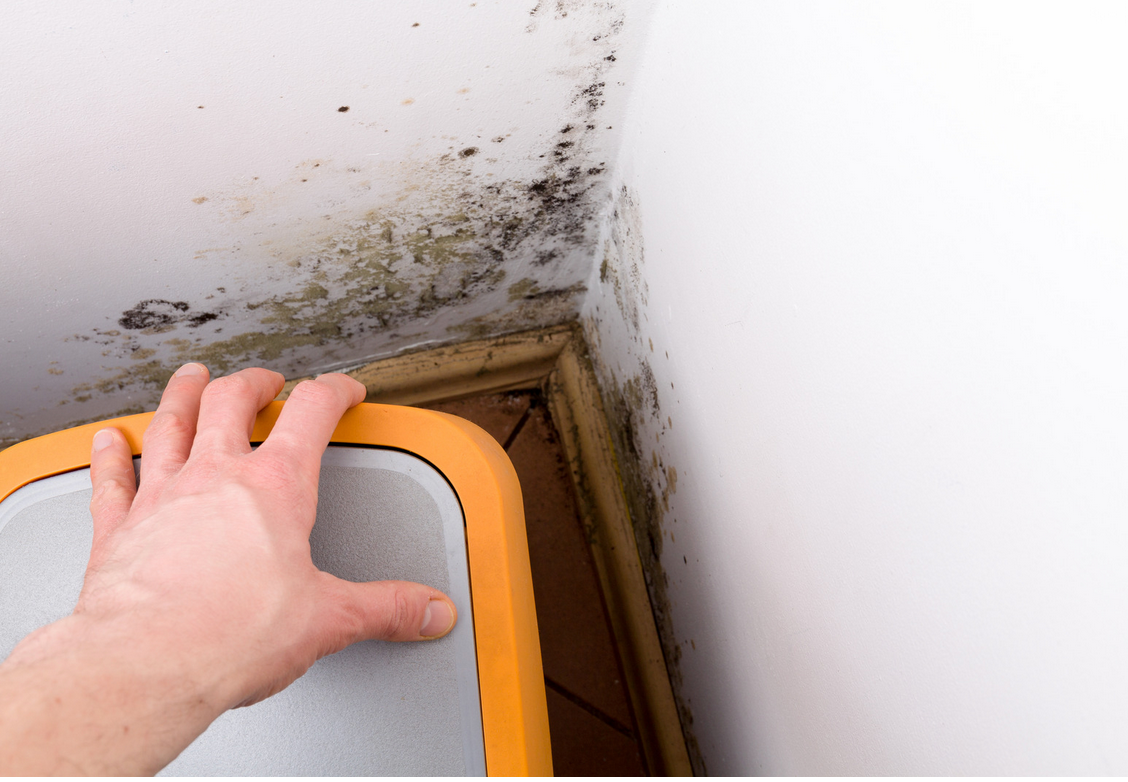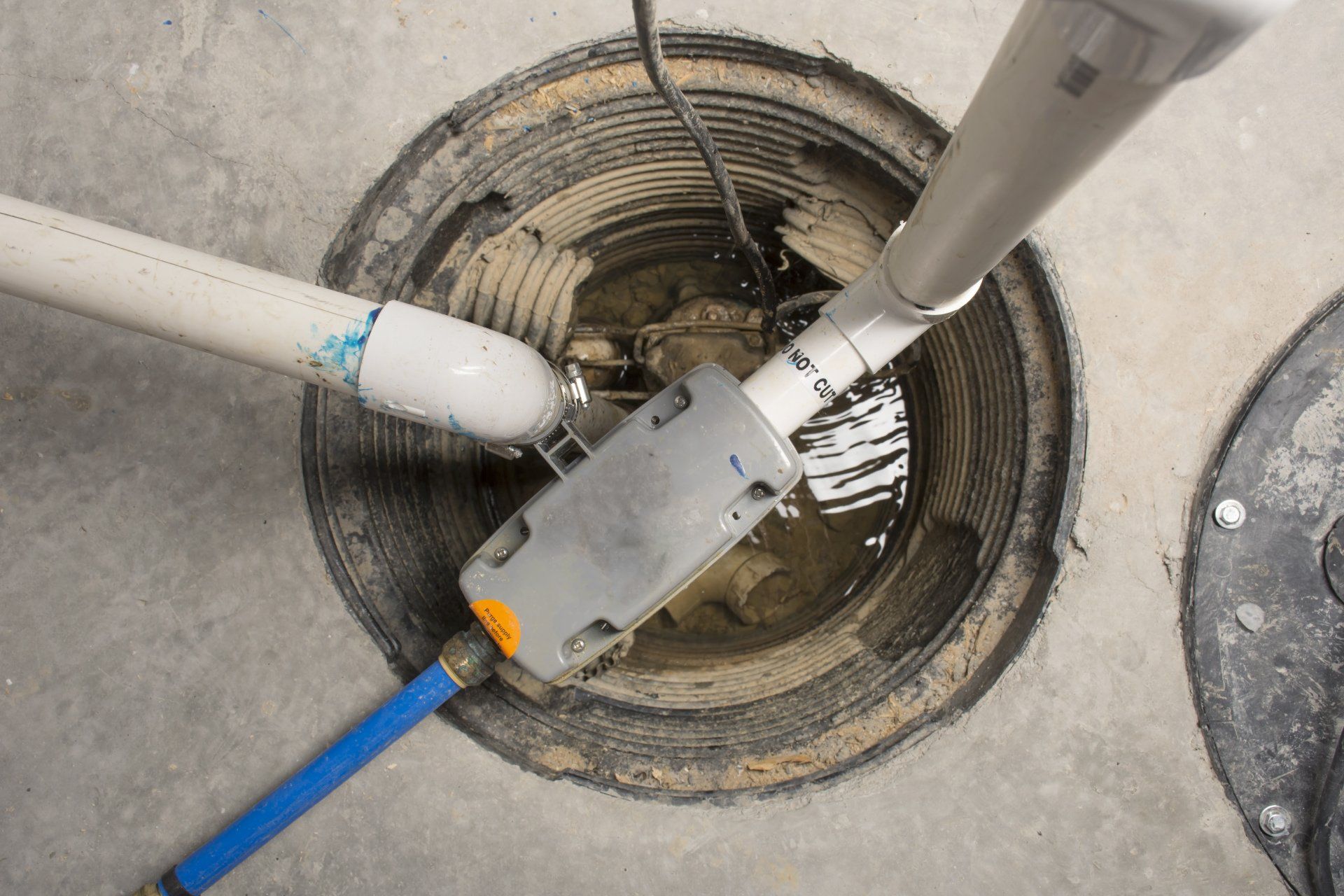How to Tell If Your House Is Sinking and What to Do About It
House Sinking is Inevitable. Are you Prepared?

House sinking is unstoppable, it'll eventually settle a bit over decades. But if the sinking is happening quickly, it can be very dangerous. Usually, when the soil underneath your house can't bear the weight of your house anymore, the structure starts to settle. Sinking your house can affect everything in your home- plumbing, electric lines, floors, safety, and so on.
There are some telltale and subtle signs to figure out if your house is sinking. In this article, we've collected information about how you can find out if your house is sinking, how to prevent it, and how to solve the problems. Let's get to know them all!
Why Is My House Sinking?
Your house can sink owing to many different reasons, such as:
● If the foundation and structure of your house are poorly made with improper design, materials, or reinforcements, it can lead to house settlement over time.
● When soil movement occurs, for example, due to a big earthquake, it can make your house start to sink.
● If the grading of the ground is improper and sloped towards the house, it can make the area near the house weaker and make the house sink.
● Plumbing problems can make the ground wet, the water level can rise and make the soil around the house loose, and eventually, the house will start to sink.
Warning Signs of a Sinking House
There are many visible and faint signs different elements of your house show when the structure is sinking into the ground. The major signs include:
Cracked Drywall
Cracks in walls, drywall, and frames usually happen when there's something wrong with the foundation of the house. And most of the time, when there's a problem with the foundation, the house shifts or sinks gradually. Specifically, when the cracks reappear quickly after repairs, it can mean a sinking house.
Floor and Roof Problems
Due to the settlement of your house, you'll see problems and signs on the floors and roofs of your home. There will be new cracks, old cracks will widen, floors can be uneven, and roofs will keep sagging due to the shifting of the structure.
Cracks in the Foundation
Not only does the upper parts or superstructure of your house show cracks when the foundation or house is sinking. You'll notice cracks in the foundation walls and basement area formed by the excess pressure.
Gaps around Cabinets
If you see the cabinets and countertops of your kitchen and bathrooms separating from the walls, roofs, and floors, then it means the house is sinking or being shifted. When the house starts sinking, it also pulls the floors or entire structure downward, so the gaps between the parts are inevitable.
Chimney Issues
If your house has a chimney, it can show visible signs in case your house is sinking. The chimney can lean, form cracks, and thus promote mold growth around the chimney.
Moldy Basement
If you see that the basement is musty, there are molds and mildew here and there, it smells bad, and the wood is rotting, then there's a chance that the house structure or foundation is shifted and creates cracks and openings. And moisture is entering the basement through those openings, making the basement musty.

RELATED: Consider an EZ Breathe System for your home's ventilation.
Sticky Door and Window
Since a sinking house creates openings that help with moisture intrusion, the increased humidity makes doors and windows swell. When this happens, the windows and doors will be misaligned and won't shut properly inside the frames; they'll keep sticking or being fully stranded to the frames.
Protruding Nails
If your house is sinking, the weak foundation shifts not only below but also sideways. When this happens, the weight is redistributed on the structure and walls with extra pressure, and this pressure makes the nails stick out or bend.
RELATED: What are Nail Pops? Why does it happen and how to fix it?
Plumbing Issues
A sinking house can shift and deform many components, specifically the plumbing system. The pipes can be blocked, bent, or damaged in any way due to the pressure and shifting of the structural elements. If your plumbing system is showing problems and you can't figure out the exact reason why, then it can be a sign of a sinking house.
What to Do If My House Is Sinking?
There are many different ways to lift and protect your house if it’s sinking. The most popular methods are:
Underpinning
Underpinning is the most popular solution to a sinking house, and there are mainly 3 types of underpinning techniques. They are:
Resistance Piers
To install resistance piers or steel push piers, the piers need to be driven into the soil using a hydraulic pressure drive and the weight of the house to secure the load-bearing capacity. Once the building is lifted and the jacks are removed, the house is supported by the piers and stops sinking.
Helical Piers
These piers are steel shafts with helical blades, and just as with the resistance piers, you need to install helical piers using the same method. Once the piers are secured in their place, use a hydraulic system to lift the sinking house.
Slab Piers
In this method, piers are driven into the soil by drilling holes in the concrete slab. The piers are pushed through the holes until they reach stable soil and are able to secure the house structure without sinking.
Micropiles
If underpinning methods aren’t feasible for your house or you can’t access an adequate area for those tasks, micropiling helps. In this method, piles with small diameters are inserted into the ground to provide support for the structure.
Reblocking
Reblocking, or restumping, is a method where the cracked foundation is replaced with a new one. If the foundation problem is the only reason behind the sinking of your house, then you can try this method.
Grout Injections
You can inject polyurethane or cementitious grout into the ground to stabilize the soil, fill the voids, and lift the structure. Also, mudjacking or slabjacking using cementitious slurry is a popular structure lifting method.
Fixing a sinking house isn't DIY work. Hire a professional, specifically one who is specialized in foundational and structural work. If you're in the Kansas City area, reach out to PierMagic. They are locally owned and operated, and aren't the "high pressure sales" guys. For the safety of you, residents, belongings, the house, and the property, you must hire a skilled contractor and follow all their instructions to solve this issue.




